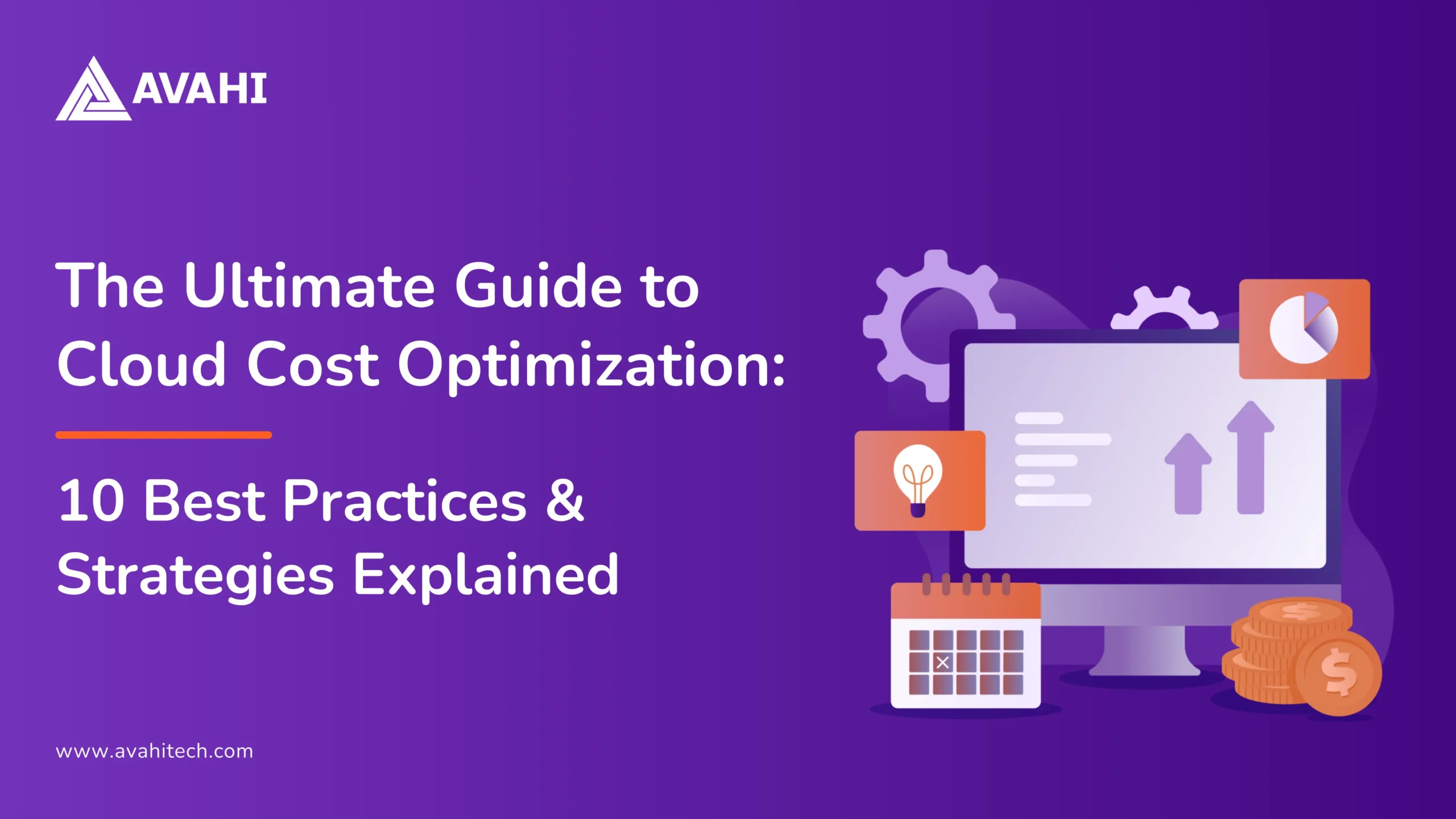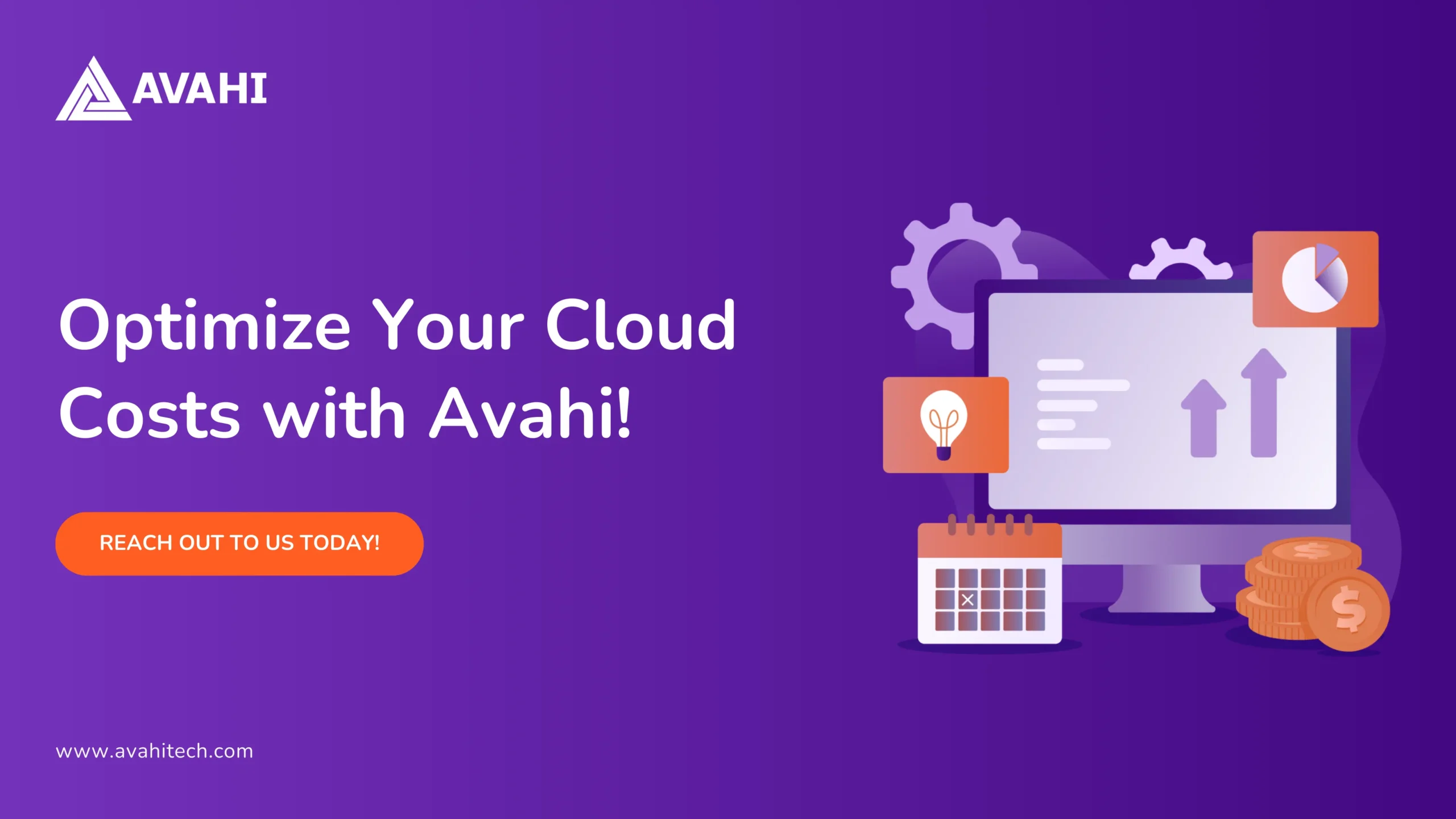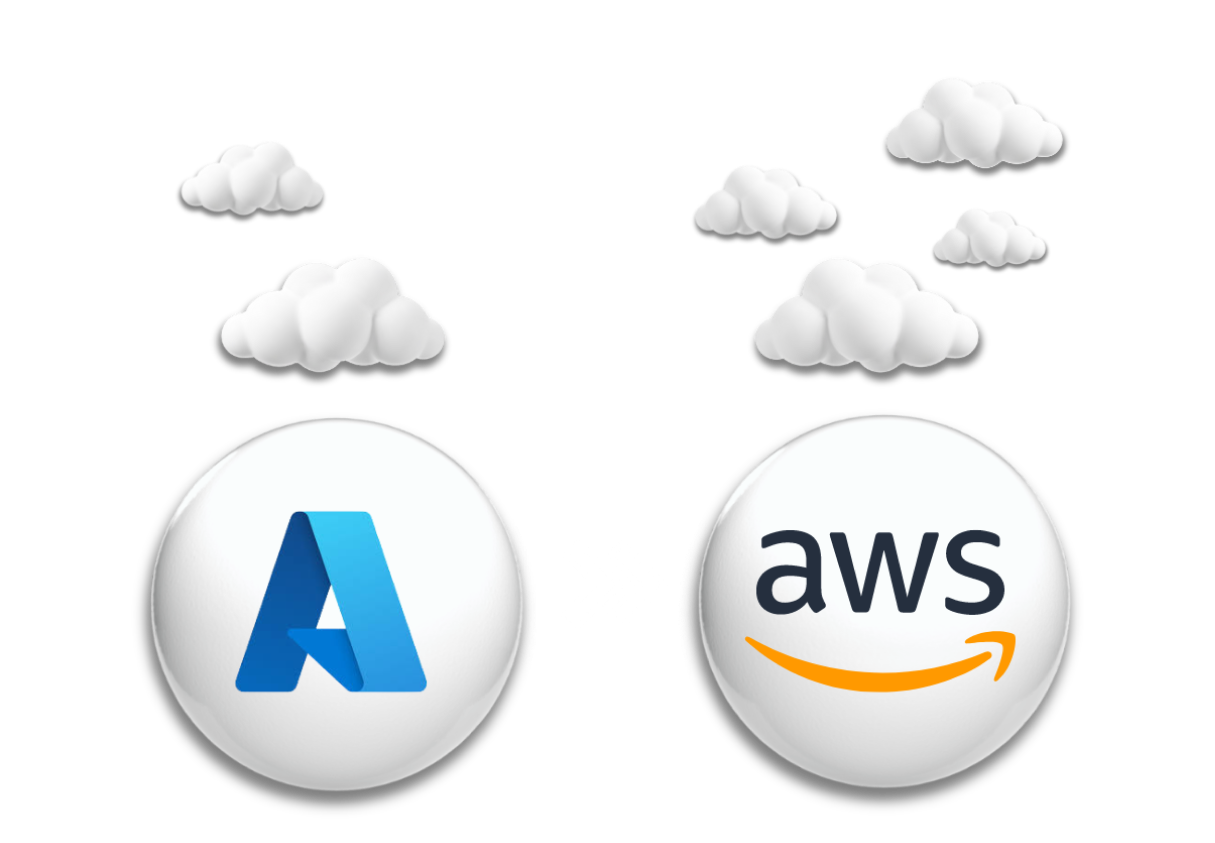Over 89% of organizations have embraced cloud-based environments to store their data. While cloud-based solutions and environments have helped organizations cut down their data storage costs, they come with challenges. The 2024 State of Cloud Report reveals that one of the organization’s most significant challenges is controlling and managing their cloud spend, with companies revealing that 32% of their cloud budgets went unused or wasted. Let’s examine these cloud cost challenges faced by organizations.
Why are Managing Cloud Costs Challenging for Organizations?
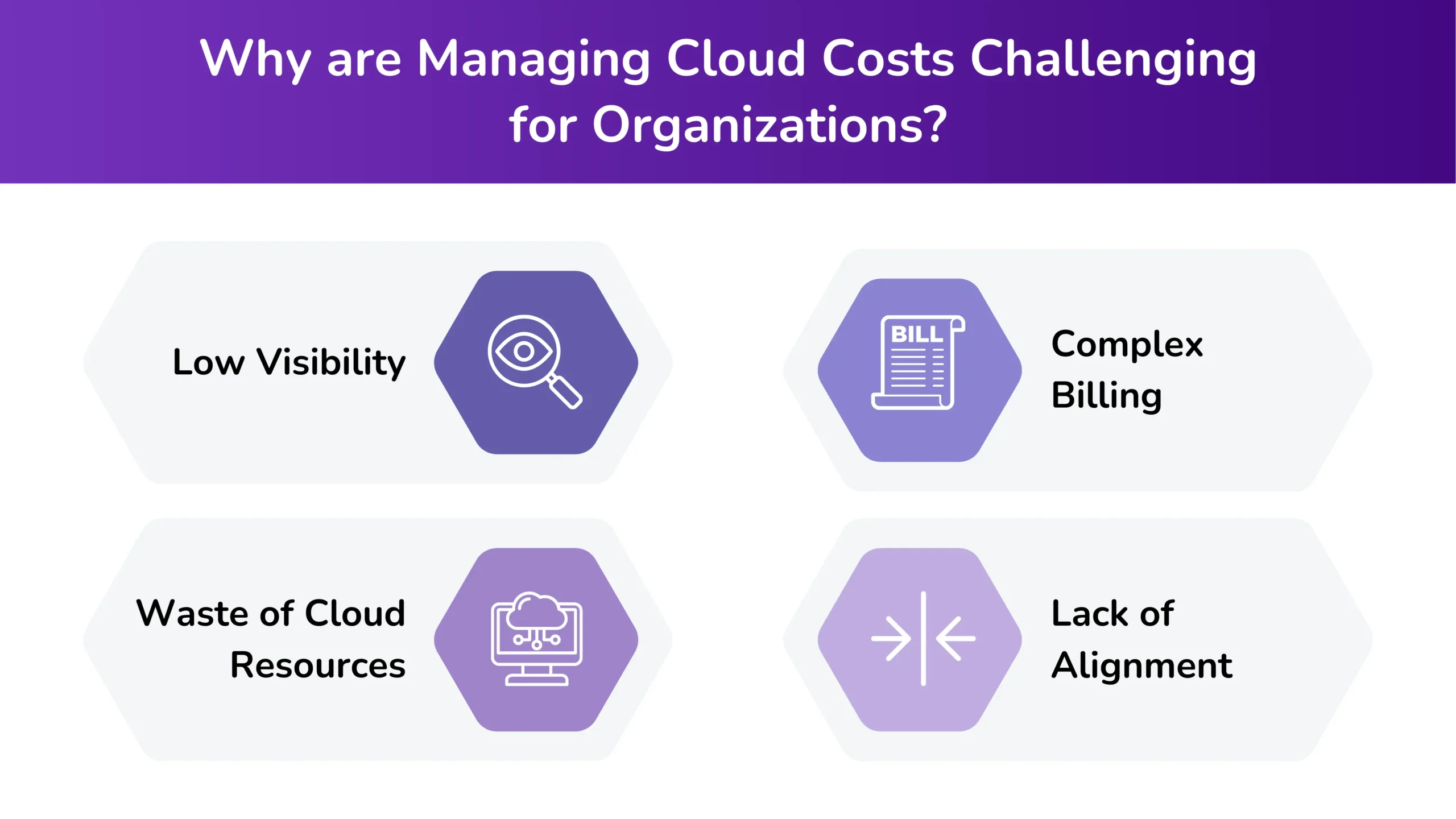
According to a report, 49% of businesses struggle to manage cloud costs. Here is why organizations find it challenging to manage their cloud costs:
Low Visibility
When managing cloud costs, a significant challenge is the lack of visibility into your organization’s cloud spending. According to a study, 54% of respondents expressed that lacking visibility into cloud costs leads to cloud waste. Without visibility into how much an organization spends on its cloud resources, it may overlook hidden costs and spend much more than anticipated.
Waste of Cloud Resources
Most organizations migrating to the cloud invest much of their resources in cloud infrastructure. However, organizations underutilize their cloud resources without comprehensive visibility into their costs and usage, leading to significant cloud wastage.
Complex Billing
Organizations with cross-functional teams may use varied cloud services, leading to multiple costs on cloud bills. These costs may be complex and cannot be decoded by the finance team alone. Additionally, if an organization has deployed multi-cloud environments, it may incur hidden and varied cloud costs that are daunting to monitor and manage.
Lack of Alignment
A common challenge organizations face is misaligning financial goals, leading to inaccurate budgeting. With an inaccurate budget, organizations either spend too much and underutilize cloud resources or spend too little and overutilize cloud resources. Hence, a unified budget and straightforward and realistic financial goals will help an organization manage its cloud costs effectively.
If your organization faces similar challenges, you may need to employ cloud cost optimization techniques and strategies to overcome them. You may also seek the help of a cloud cost optimization company or deploy a cloud cost management tool to help you streamline your cloud costs. We will begin by exploring the definition of cloud cost optimization.
What is Cloud Cost Optimization?
Cloud cost optimization refers to tools, techniques, best practices, and strategies that help organizations effectively reduce their cloud costs, identify ways for applications to run smoothly within cloud environments, and enhance business and financial operations. The process of cloud cost optimization involves choosing the right cloud provider or offerings, addressing the cloud application requirements, ensuring the cloud applications are running smoothly, and cost-effectively managing cloud environments.
How to Use FinOps for Cloud Cost Optimization?
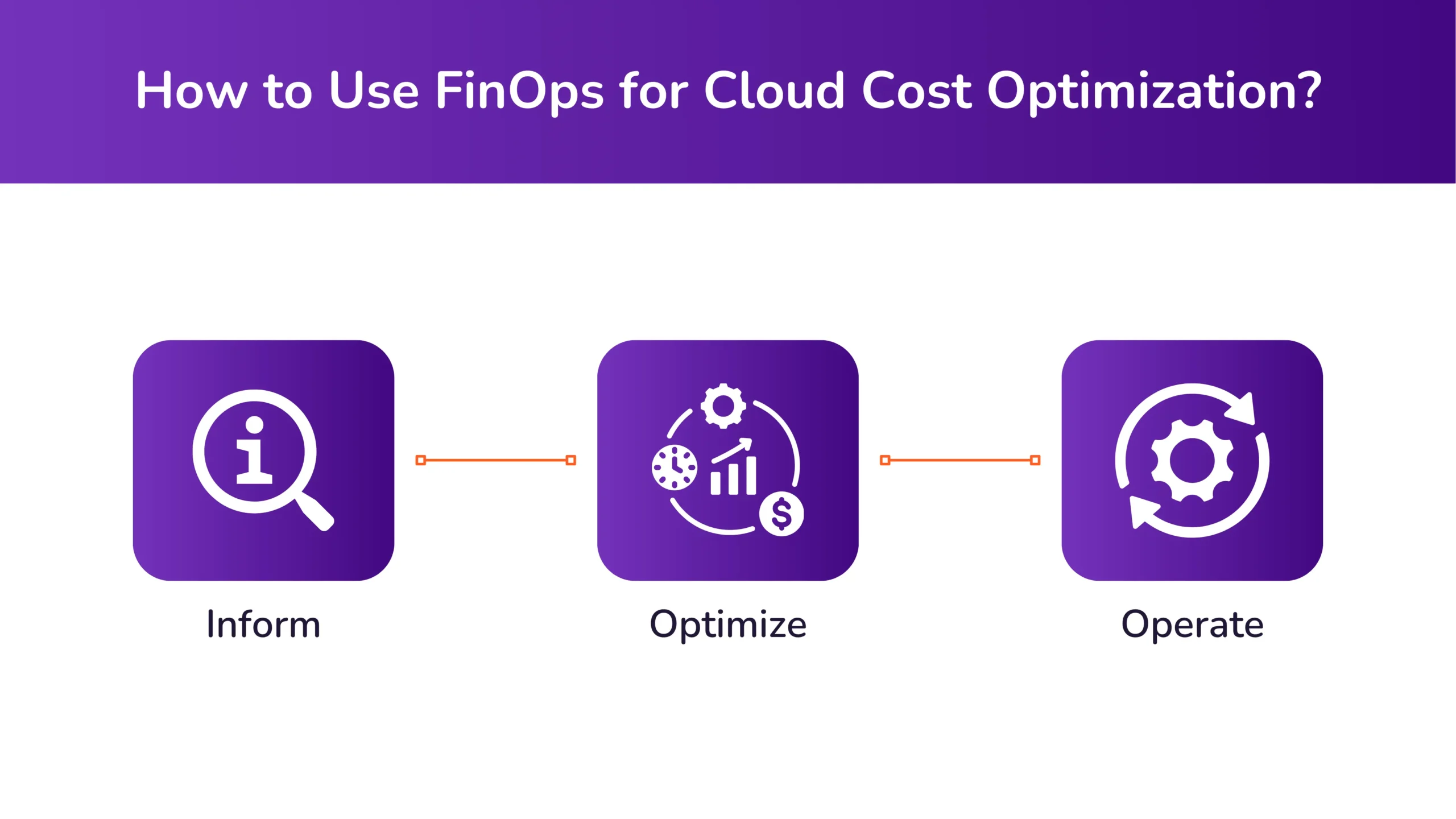
Financial Operations, commonly known as FinOps, refers to a practice where cross-functional teams such as business, IT, finances, and accounting within an organization share the financial responsibility of optimizing cloud costs to encourage better decision-making and enhance productivity and operational efficiency. Your organization can implement the FinOps processes to optimize its cloud computing costs.
Here are the three phases of the FinOps journey that you can use for cloud cost optimization:
Inform
The first phase of the FinOps journey is the information stage, where organizations gain a comprehensive overview of their cloud usage and costs. Based on this, they can create a cloud computing budget and allocate resources accordingly. Your organization can also use Key Performance Indicators (KPIs) to foresee results and analyze how well they have fared.
Optimize
The second phase of the FinOps journey is the optimization stage, during which organizations implement several strategies and practices, such as rightsizing, utilizing cost-saving models, encouraging a cost-conscious culture, etc, to optimize their cloud costs and spending. Organizations can also deploy cloud cost management tools to aid them in streamlining their cloud finances.
Operate
The last phase of the FinOps journey is the operations stage, where organizations continuously monitor their cloud costs and usage patterns using cloud cost management tools and optimization strategies to enable smooth and efficient business operations.
We will now delve into the cloud cost optimization best practices that your organization can leverage to reduce costs and increase efficiency.
10 Best Practices for Cloud Cost Optimization
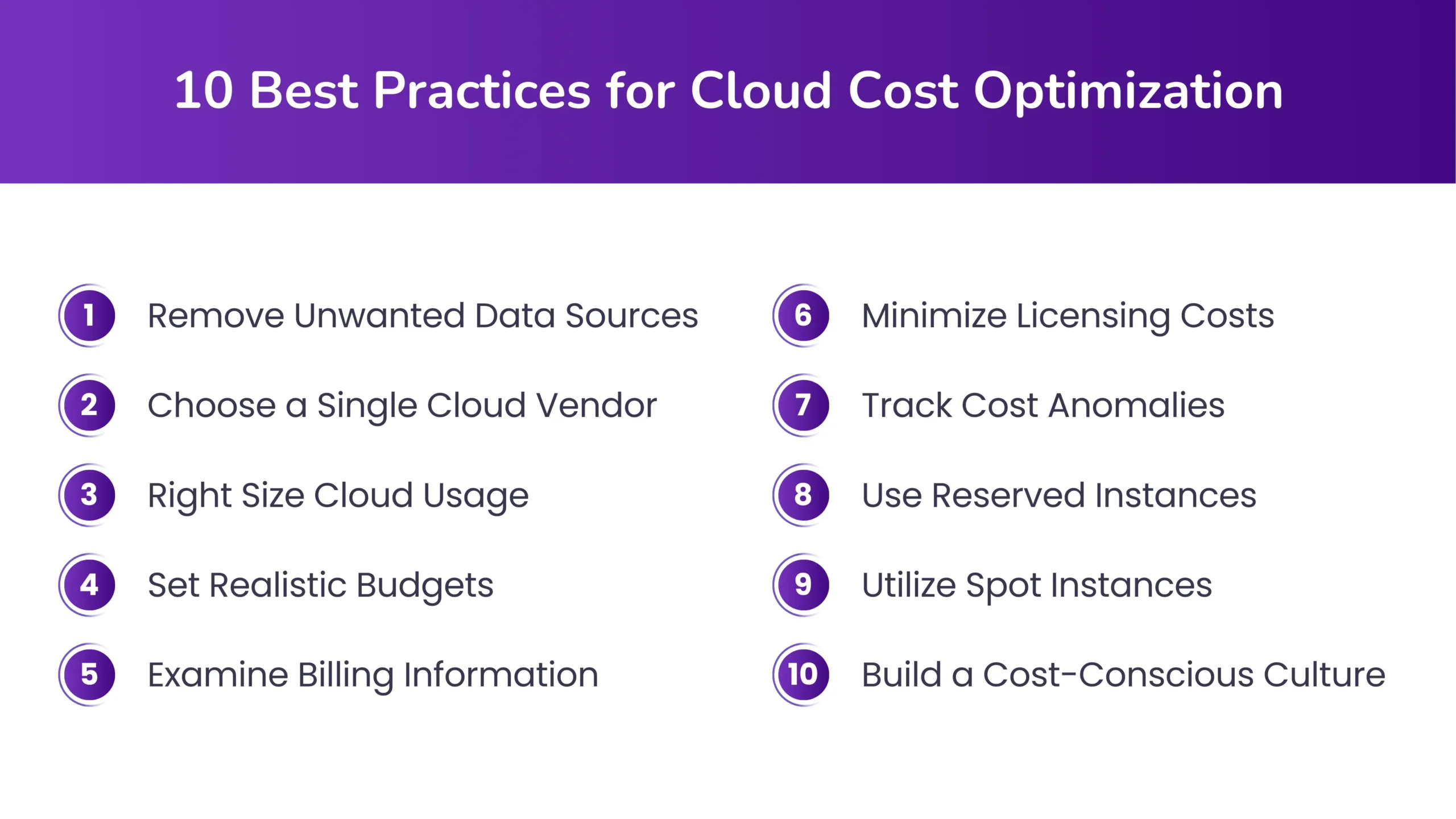
Here are ten best practices and strategies your organization can implement for successful cloud cost optimization:
Remove Unwanted Data Sources
Most organizations overlook inactive or unwanted data sources when migrating to cloud environments. These data sources occupy space within your cloud environment, leading to significant waste that otherwise could be used to store business-critical information. Your organization can optimize its cloud costs by scanning your cloud environments for unwanted or redundant data sources and safely disposing of them.
Choose a Single Cloud Vendor
Most organizations find managing multi-cloud environments challenging. While multi-cloud environments can offer your organization varied offerings and flexibility to choose amongst them, they may prove to be expensive. Moreover, managing multi-environments will require your team to undergo separate training for each platform. Switching to a single cloud environment or vendor can help your organization significantly reduce its cloud costs, avail bulk discounts, and avoid hassle when managing cloud environments.
Right Size Cloud Usage
Organizational needs and goals continuously evolve as the organization grows and expands. You must adopt right-sizing practices to optimize your cloud computing costs to meet these changing needs. Right-sizing is a method where you analyze all the instances you have opted for within your cloud environments and their usage. While doing so, you eliminate the idle ones and choose instances that match the unique needs of applications within your organization. Your organization can use tools such as AWS Compute Optimizer that enhance cloud performance by providing upsizing and downsizing recommendations within instances and eliminating any operational and performance hindrances.
Set Realistic Budgets
A foolproof cloud cost optimization solution would be setting realistic budgets to map your cloud expenditure. Creating a budget will help your organization streamline its finances and align stakeholders and employees with business goals and how much they must spend to achieve them. When making a budget, you must factor in all cloud computing costs, narrow down cloud providers and their offerings, and highlight any additional features that may help you plan your expenses—for example, a free trial, various pricing models, or a savings plan offered by the cloud provider.
Examine Billing Information
Each cloud service provider offers different resources, tools, and pricing models. They also provide elaborate billing information outlining cloud service costs. Your organization must carefully examine the billing information to understand which cloud services are high-paying and whether it needs them. Examining the billing information will help your organization make informed decisions and avoid unnecessary expenditures on needless cloud services.
Minimize Licensing Costs
Software licensing costs are among the most significant contributors to cloud computing waste. Most organizations find tracking their software licensing costs difficult as they are often done manually and are decentralized. This means that organizations lack transparency and visibility when it comes to the software licenses they have acquired. As a result, organizations spend significant money on licenses they don’t necessarily require.
If your organization wants to reduce its cloud costs, begin by identifying existing licenses and their relevance to your organization. You can then minimize your licensing costs based on your organizational needs. Your organization can deploy AWS License Manager to track and access all your software licenses in one place.
Track Cost Anomalies
Your organization can utilize the Amazon Cost Management Console to gain complete visibility and transparency into its cloud expenditures. With the console, you can track unusual spending patterns or a sudden surge in cloud computing costs. Your organization can use the cost anomaly detection feature to scrutinize cloud costs and identify cost anomalies. Once your organization recognizes the cause of irregular cloud spending, you can rectify these to streamline your cloud expenditure.
Use Reserved Instances
To understand how Reserved Instances (RI) work, you must understand the Elastic Compute Cloud (EC2) instances and their pricing model. Elastic Compute Cloud (EC2) instances are virtual cloud servers that organizations can use to run applications within AWS. These instances are billed on an hourly or second basis. Based on your chosen pricing model, your organization will be billed for an hour or 60 seconds when a new instance begins.
Reserved Instances (RI) is a cost-saving tool that Amazon Web Services(AWS) offers to help organizations optimize their cloud costs. It provides up to 72% savings, and your organization can choose the instance type, availability zone, or time it wants to commit to. Since RIs are purchased upfront, it is advisable to do thorough research before deciding which RIs your organization would like to use to optimize its costs.
Utilize Spot Instances
Spot Instances are another way to reduce your organization’s Elastic Cloud Computing costs. Spot instances are AWS’s spare cloud capacity when there is a high surge in EC2 instances. However, when there is a low demand, these instances are bound to go to waste, so AWS auctions them at a 90% discount. Organizations can utilize these spot instances to significantly cut cloud costs and fulfill immediate cloud computing needs.
Build a Cost-Conscious Culture
Implementing a cloud cost optimization strategy within your organization without awareness is futile. When advocating for cloud cost optimization within your organization, it is necessary to ensure everyone – from stakeholders to employees – is on the same page. Each team or department within your organization might have different needs that require different cloud services. You can encourage your leaders to create individual team budgets and monitor the ROI they generate. This will enable them to become conscious of their spending and avoid wasting resources.
We have given you a comprehensive overview of cloud cost optimization, how to use FinOps principles to optimize your cloud costs, and listed ten best practices for cloud cost optimization. While managing your cloud environments and its costs can be challenging, it doesn’t necessarily have to be! Your organization can seek cloud cost management tools to track, monitor, and optimize your cloud costs efficiently to improve your organization’s overall financial operations.
Embark on your cost optimization journey today and achieve cloud efficiency!
Optimize Your Cloud Costs with Avahi!
Avahi is a leading cloud consultant and AWS partner that guarantees business success! We are a cloud-native company with expertise in cloud, data, and software engineering, which we have obtained through years of working within the cloud ecosystem.
Avahi can reduce the cost of running your cloud infrastructure and optimize overall performance and resource utilization. Our cost analysis experts can help control cloud usage, create visibility across all services, and optimize AWS cloud costs.
With Avahi’s cloud cost optimization, your team can focus entirely on innovating your core products and services!

